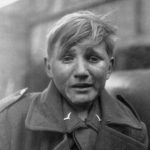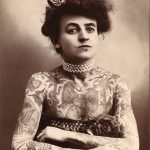Even during hard times like the Great Depression, people needed ways to be entertained. Americans back then were no different. So, what did they do for fun during such tough times?
They enjoyed popular radio shows, inexpensive movie tickets, and local sports. Additionally, free activities like dance marathons and pie-eating contests provided entertainment without spending much money.
Even though life was hard during the Great Depression, it wasn’t all bad. People got creative and found cheap ways to entertain themselves.
1. Watching contestants dance until they dropped
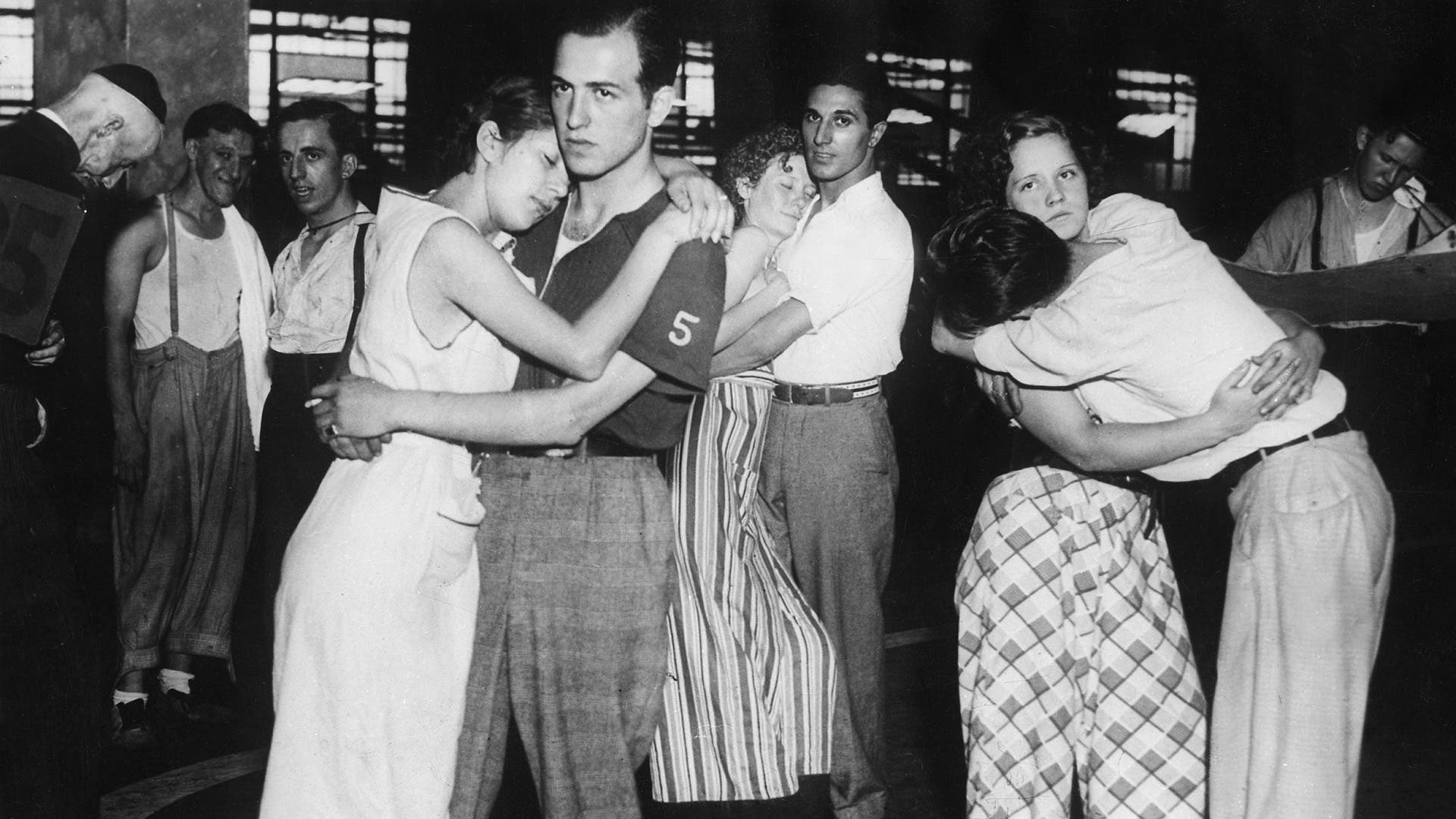
Before reality TV, Americans flocked to watch dance marathons, where contestants performed for money and attention.
These events began in the 1920s during the craze for endurance contests. When the Great Depression hit, dance marathons became a way for contestants to secure food, shelter, and a shot at winning cash prizes, though the contests were often rigged.
Dance marathons could last days or even weeks. Dancers ate twelve meals a day at chest-high tables on the dance floor. They were allowed a 15-minute break each hour to rest on cots and receive care from nurses.
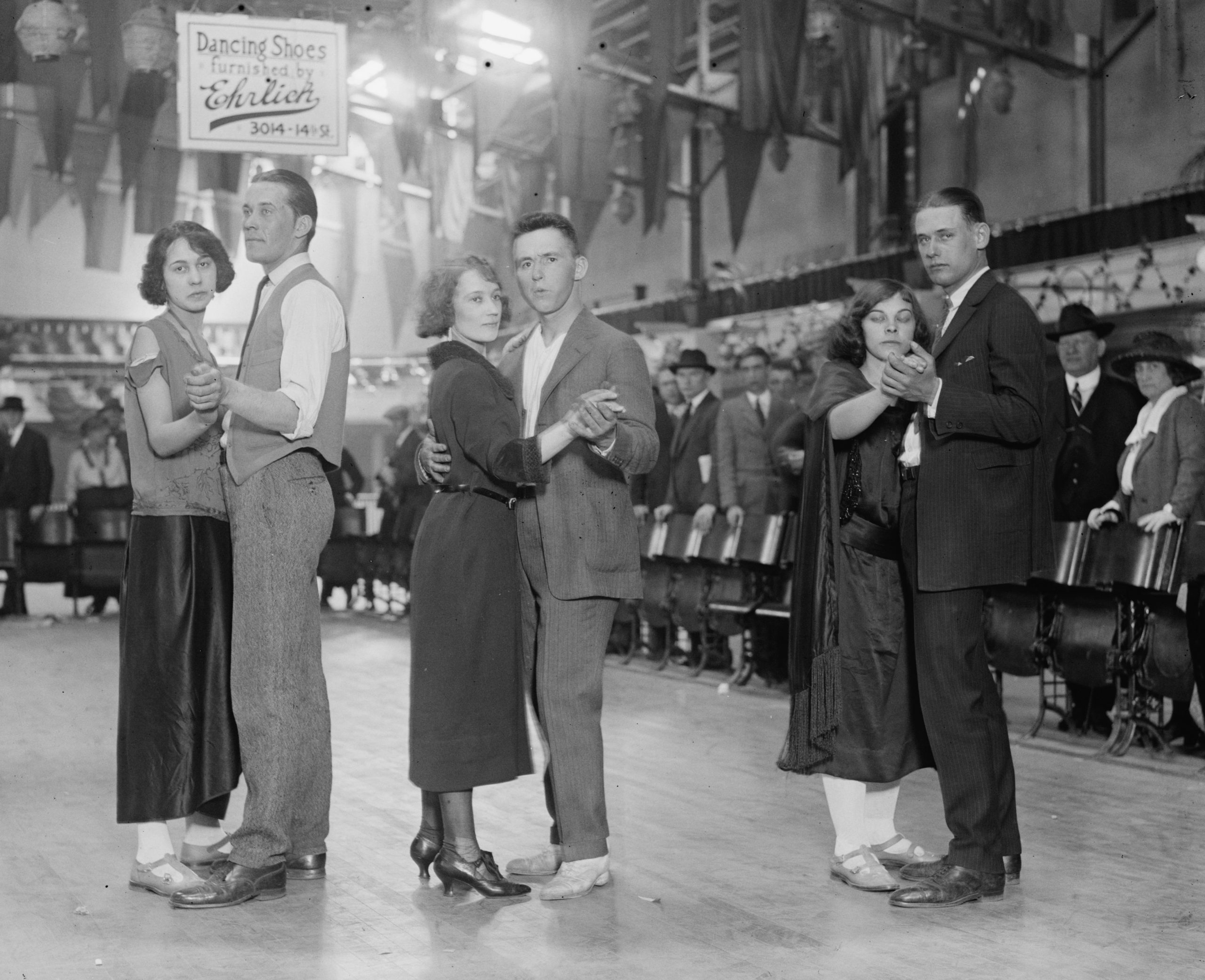
They had to keep moving for the remaining 45 minutes each hour; some dancers fell asleep while their partners held them up. Couples were disqualified if a sleeping dancer’s knees touched the floor, so some tied their wrists together for extra security.
The physical danger of these marathons drew spectators, but this same danger led to their decline. By the late 1930s, increasing criticism and laws banning the events in many areas caused dance marathons to fade from popularity.
2. Exploring haunted houses
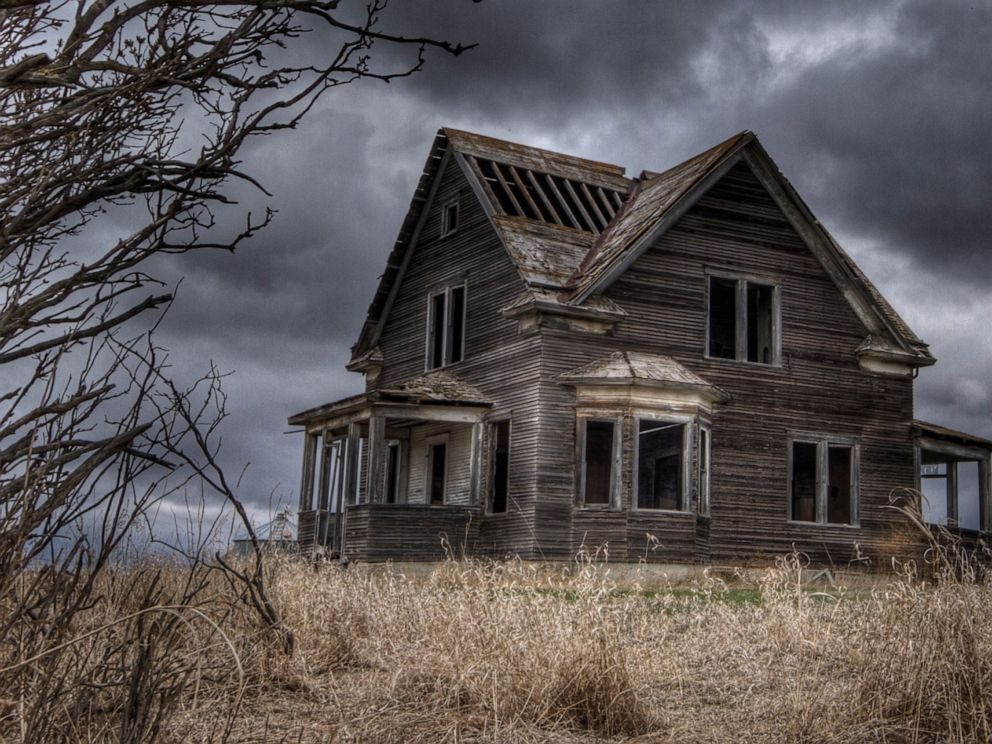
Halloween traditions such as trick-or-treating, costume parties, and haunted houses began during the Great Depression to keep young people out of trouble.
Historically, October 31 had been a night for mischief.
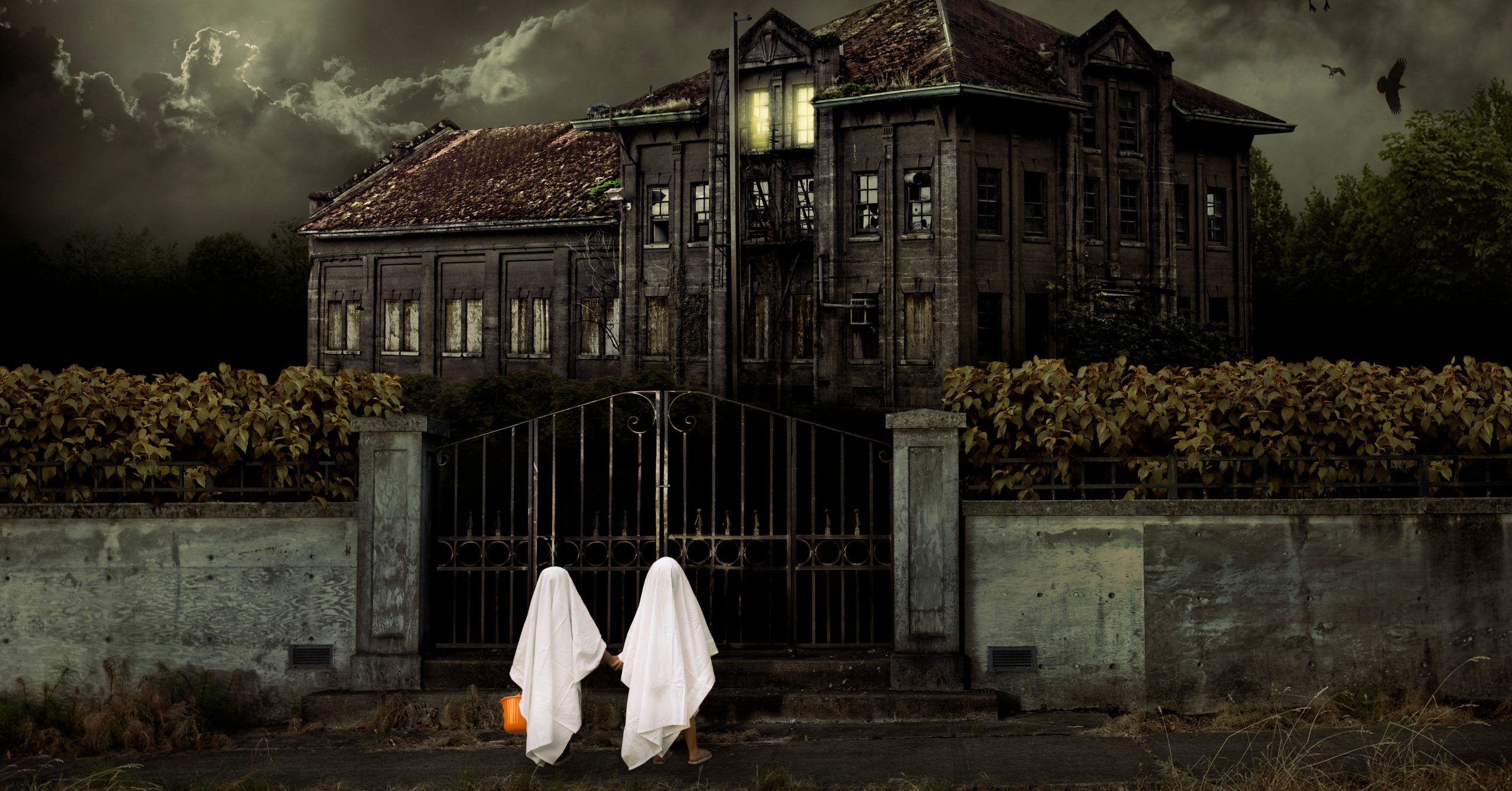
Parents got creative in setting up haunted houses without spending much money. A 1937 party pamphlet suggested ways to create a “trail of terror”: “Hang old fur, strips of raw liver on walls, where one feels his way to dark steps.
Weird moans and howls come from dark corners, damp sponges and hair nets hung from the ceiling touch his face… Doorways are blockaded so that guests must crawl through a long dark tunnel.”
These community-organized activities helped transform Halloween into the family-friendly holiday we know today, providing safe and fun ways for children to celebrate.
3. Watching pole-sitting contests
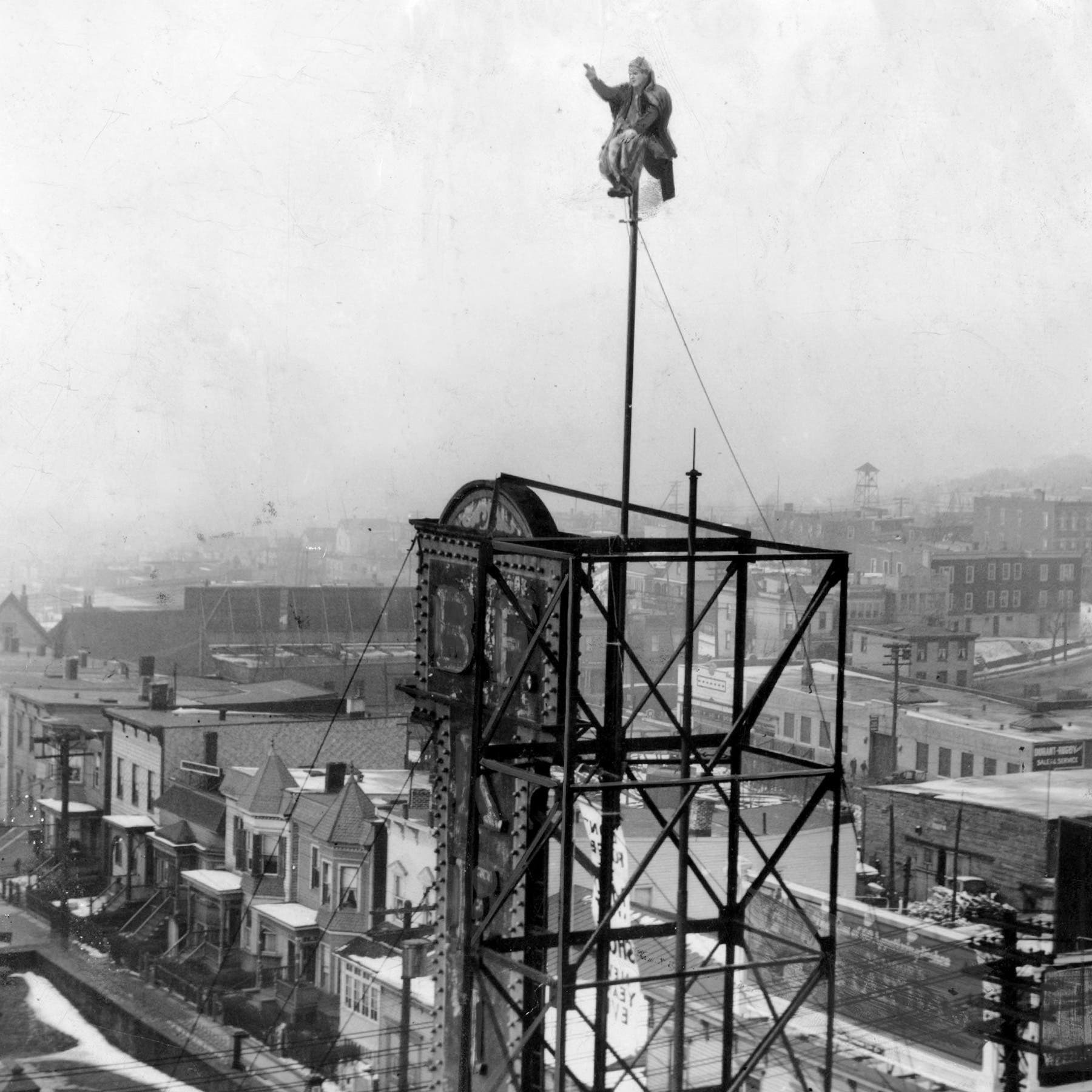
Another endurance challenge that persisted from the 1920s into the Great Depression was flagpole-sitting.
This odd trend was started by Hollywood stuntman Alvin “Shipwreck” Kelly. In the summer of 1930, Kelly captivated crowds of up to 20,000 people by eating, sleeping, and shaving atop a 225-foot flagpole in Atlantic City for 49 days.
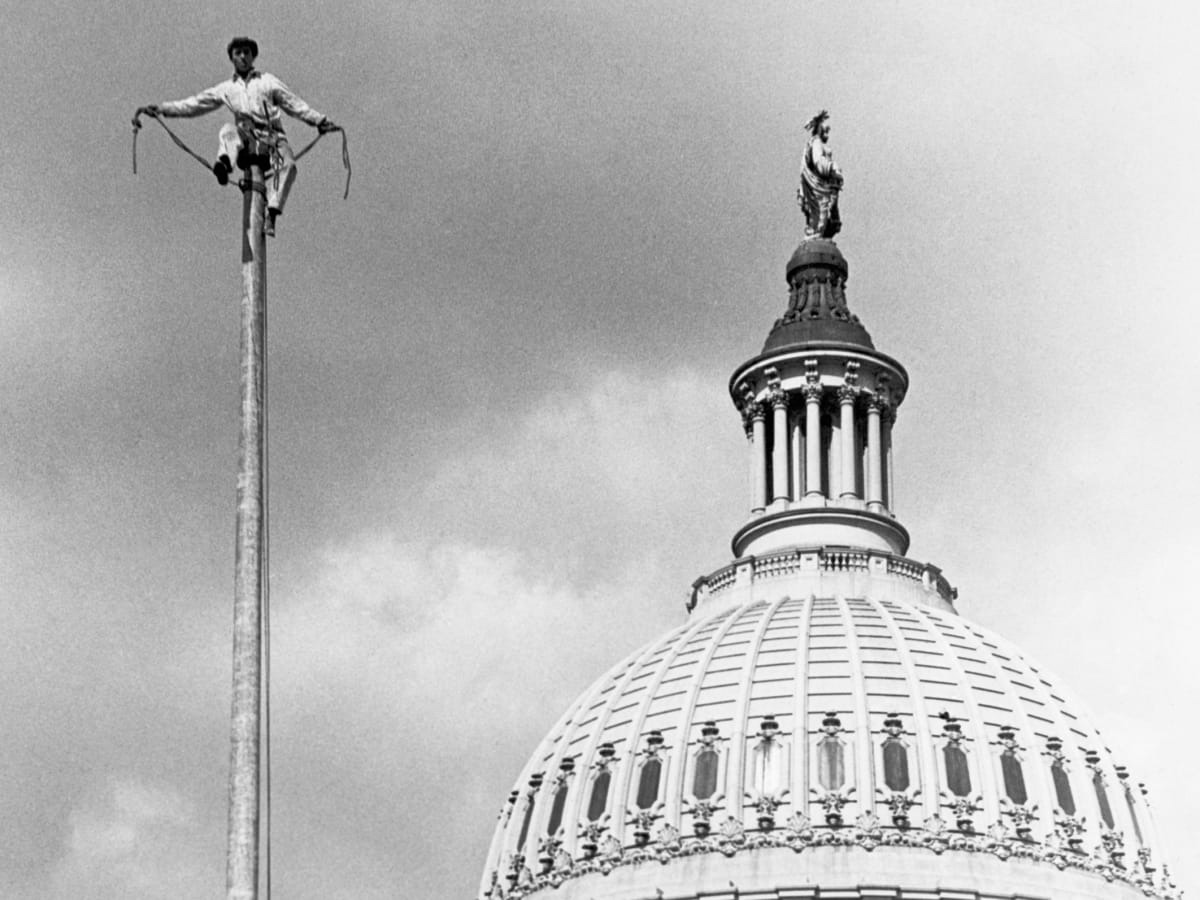
That summer, the craze spread to kids across the country, who took up tree-sitting challenges. They tried to stay in trees for as long as possible, with one boy in southern California reportedly lasting 1,320 hours.
These young participants developed clever ways to receive food and supplies while staying in their perches.
Though the flagpole-sitting fad mostly died out after that summer, it didn’t vanish entirely. In 1933, Richard “Dixie” Blandy set a new record by sitting atop a flagpole for 77 days at the Chicago World’s Fair.
4. Gaping at students swallowing goldfish
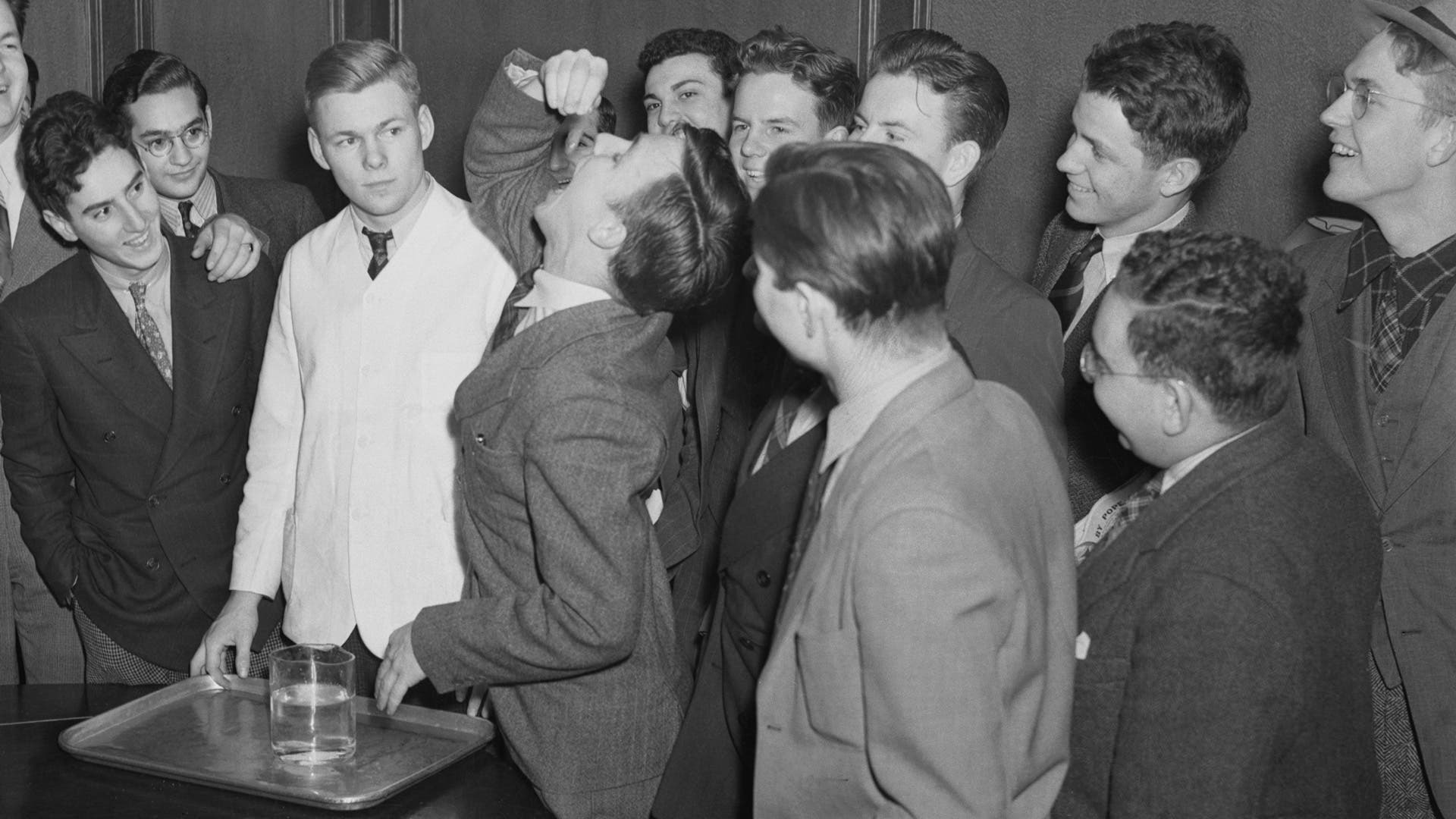
During the Great Depression, Americans turned to unique and quirky contests for entertainment. While dance marathons and flagpole-sitting had their heyday in the 1920s, a bizarre new fad emerged in 1939: goldfish-swallowing.
The contest began at Harvard University when students bet a freshman $10 that he couldn’t swallow a live goldfish.
On March 3, 1939, the freshman took the challenge of chewing and swallowing a live goldfish in front of a group of students and a reporter.
The story quickly gained attention when LIFE magazine covered it.
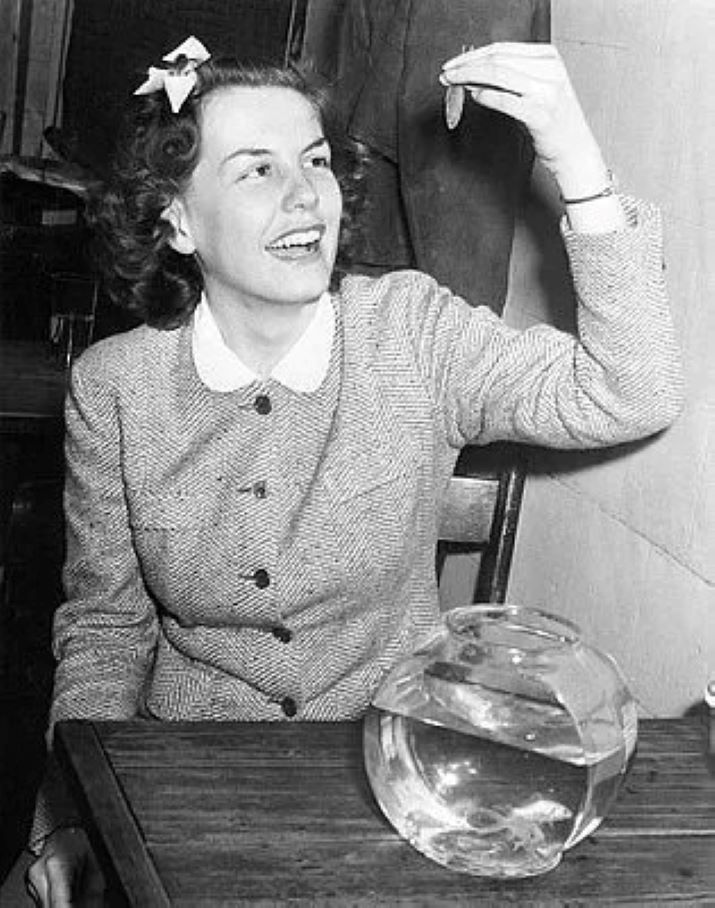
Soon, students at other colleges competed to see how many live goldfish they could swallow. In less than a month, the record increased to 42 goldfish, set by a member of the class of 1942. By the end of April, the record was an astonishing 101 goldfish.
This bizarre trend also inspired other swallowing challenges.
College students in Illinois swallowed five baby white mice, 139 live angle worms in Oregon, an entire issue of The New Yorker in Pennsylvania, and pieces of phonograph records at Harvard and the University of Chicago.
However, these other challenges never gained the same popularity, and the goldfish-swallowing fad soon faded away.
5. Enjoying high-tech Hollywood films
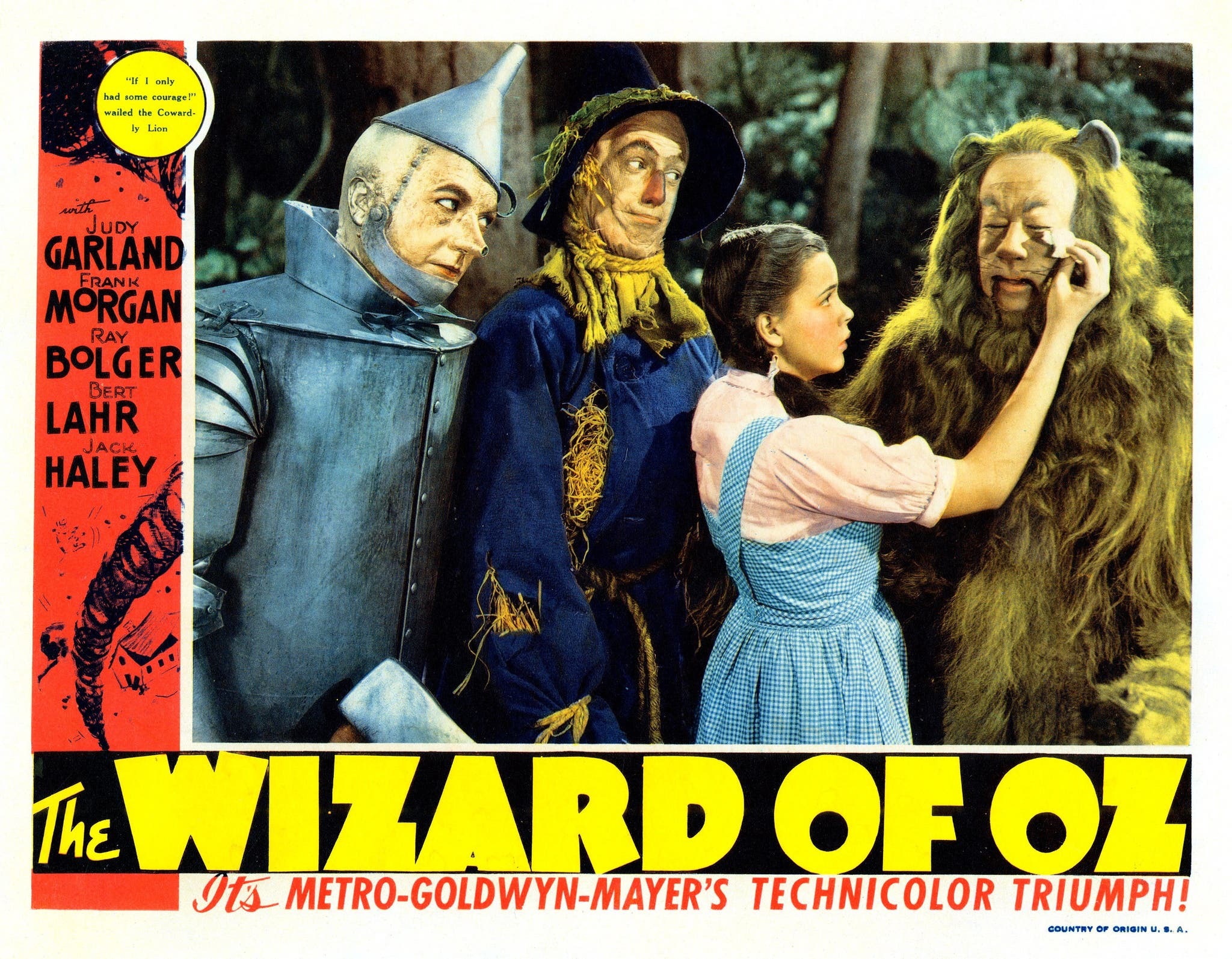
The Great Depression was a surprisingly successful decade for Hollywood. Movie tickets were affordable, averaging under a quarter throughout the 1930s, down from 35 cents in 1929. This made going to the cinema an accessible escape for many people.
The 1930s were revolutionary for the film industry as it transitioned from silent films to “talkies.” Hollywood invested in new sound stages and movie concepts to capitalize on sound technology, leading to big-budget musicals like “42nd Street” (1933) and “The Wizard of Oz” (1939).
Walt Disney also released the first full-length animated feature, “Snow White and the Seven Dwarfs” (1937), during this time.
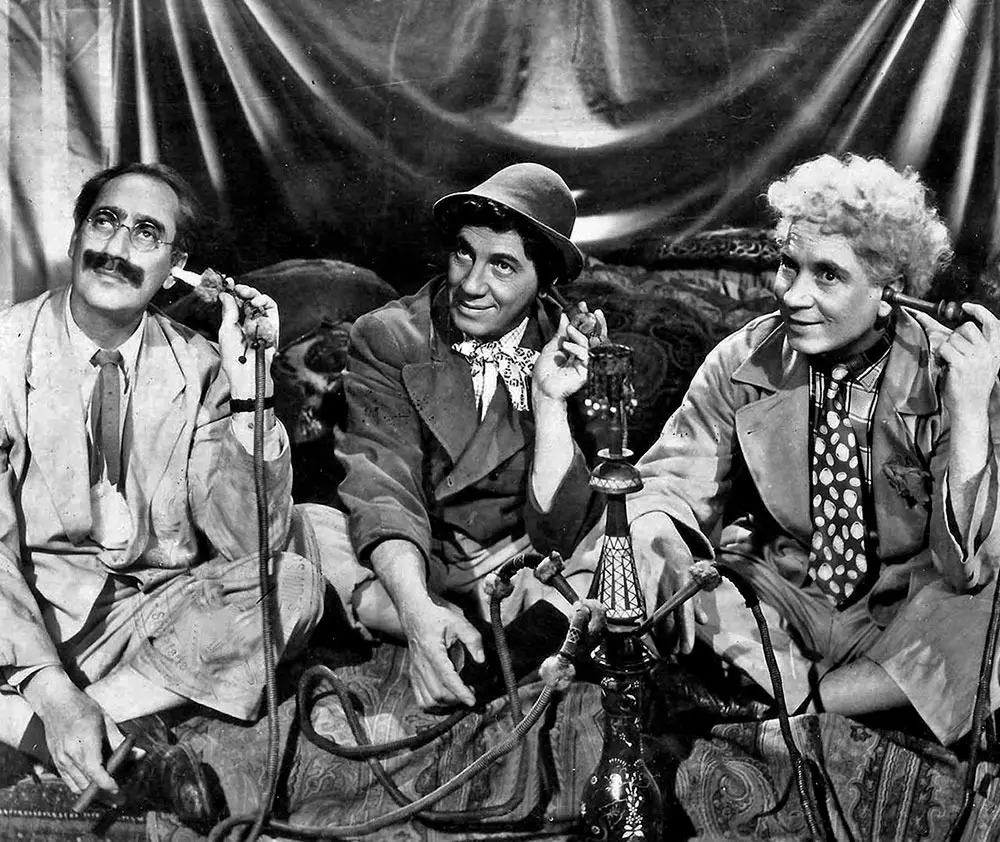
Audiences flocked to see comedies with the Marx Brothers, screwball rom-coms starring Katharine Hepburn and Cary Grant, and melodramas like “A Star Is Born” (1937).
Before the Hays Code was enforced in 1934 to keep movies “clean,” films featured bold scenes such as Marlene Dietrich kissing a woman in “Morocco” (1930) and Barbara Stanwyck’s ambitious climb in “Baby Face” (1933).
Despite the economic hardship, weekly movie attendance never dropped below 40%.
6. Building and racing soap box cars
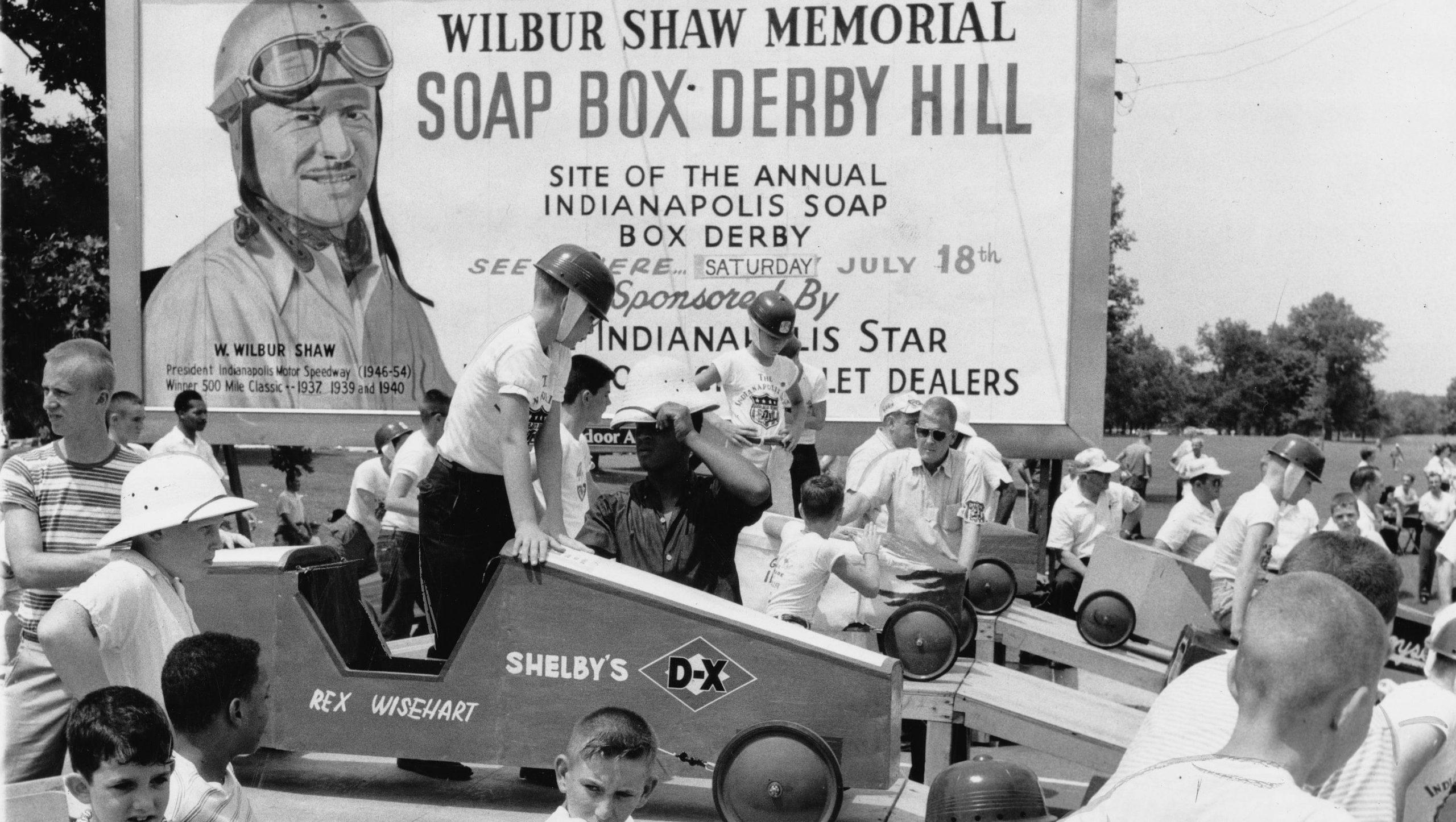
Soap Box Derbys began in the 1930s as an affordable competition for kids. In 1933, journalist Myron Scott saw children in Dayton, Ohio, racing homemade soapbox cars.
He took photos and helped them organize larger races, which attracted up to 40,000 spectators by the end of that summer.
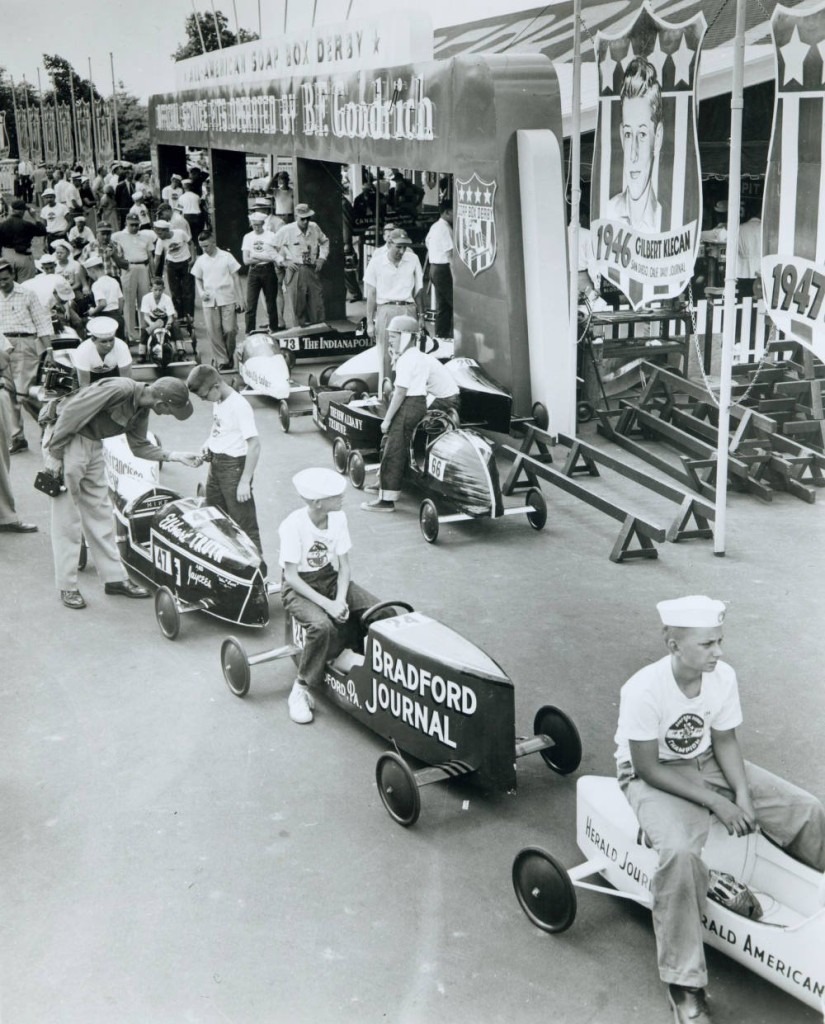
The following year, Scott secured Chevrolet as a sponsor for the first All-American Soap Box Derby, initially for boys only (girls couldn’t compete until 1971).
After local races in the Midwest, the 34 winners came to Dayton to compete for the national title. The championship race moved to Akron the next year, where it has remained ever since.
7. Obsessing over the rich and the famous
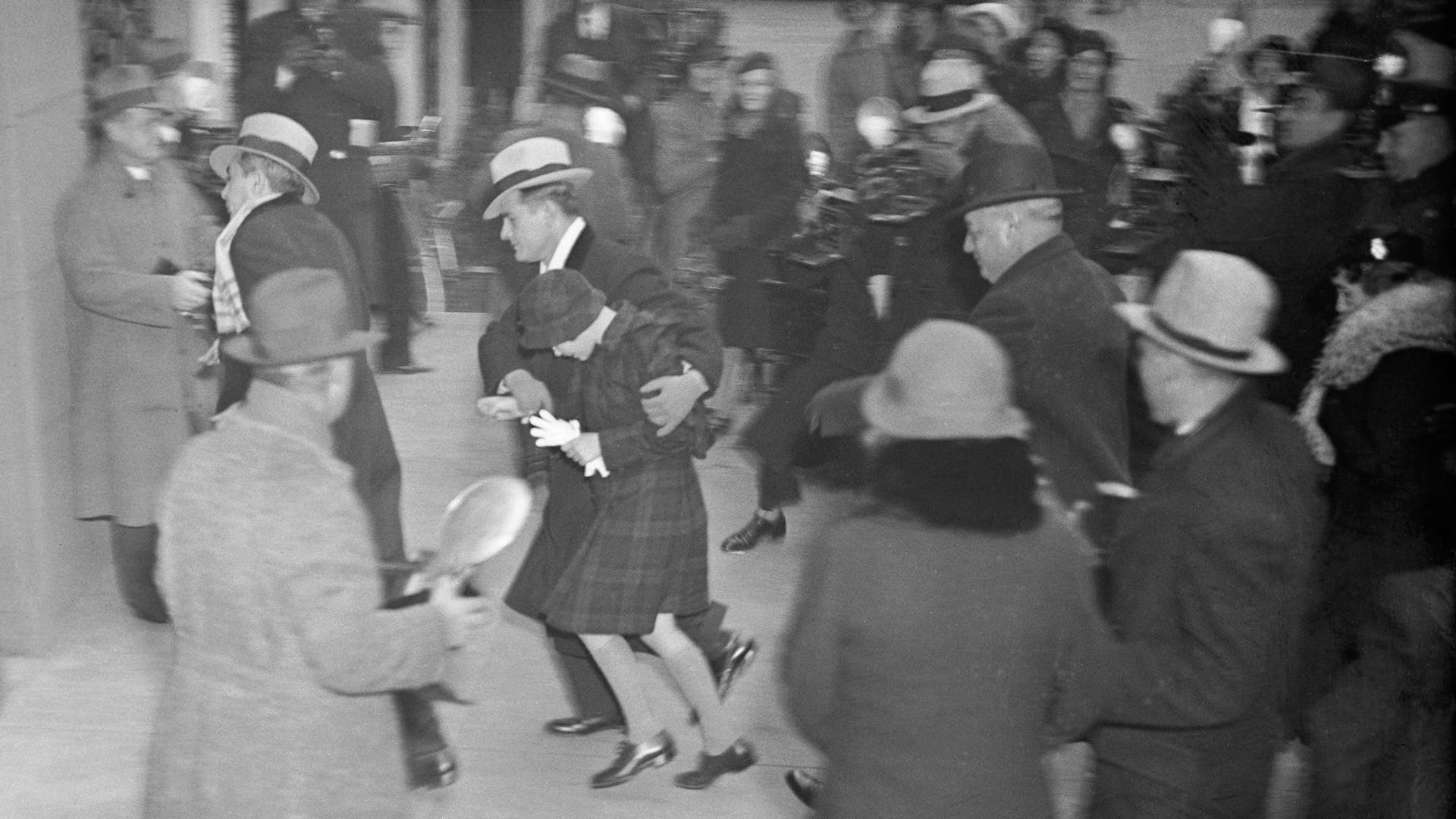
One enduring American tradition is the fascination with celebrity scandals. During the Great Depression, the “Cafe Society” captivated the public.
After Prohibition ended in 1933, former speakeasies in cities like New York transformed into chic restaurants and nightclubs.
These venues attracted movie stars, musicians, wealthy individuals who still had money, and gossip columnists ready to document every move.
The Vanderbilts were a prime source of drama. Photographers followed bachelor Alfred Gwynne Vanderbilt, Jr., capturing his romances with glamorous women.
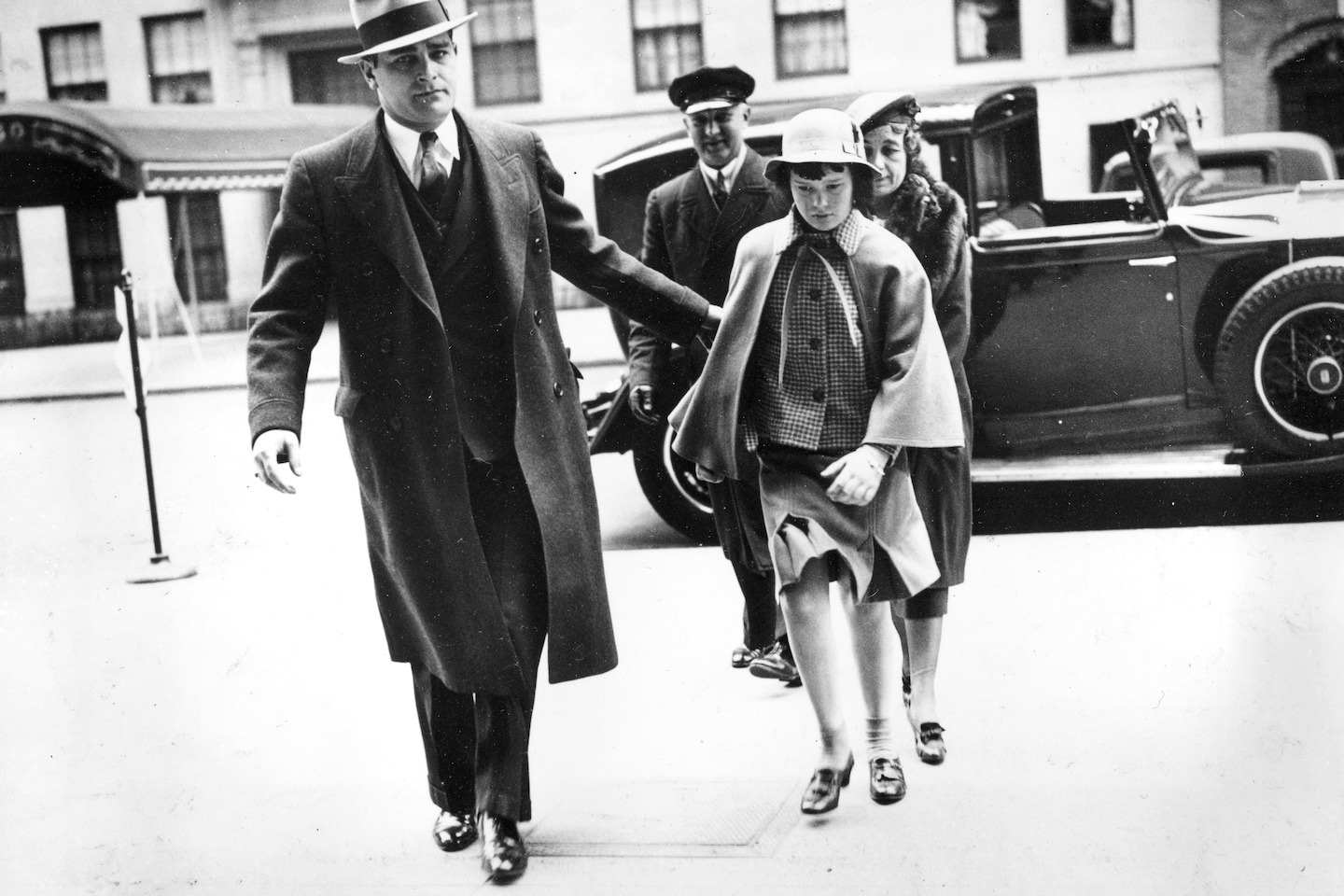
Gossip columnists also focused on his younger half-sister, Gloria “Mimi” Baker, who was already visiting nightclubs and casinos at just 15.
The family’s scandals went beyond the nightlife. In 1934, the custody trial over 10-year-old Gloria Vanderbilt made sensational headlines.
Gloria was dubbed “the poor little rich girl” by newspapers, a title also given to other young Cafe Society members like Brenda Frazier and Barbara Hutton.
In 1938, 17-year-old Frazier was named “No. 1 Glamour Girl” and appeared on the cover of LIFE magazine before her debutante ball.

Readers were equally intrigued by the love life of Hutton, heiress to the Woolworth fortune, who married and divorced two European royals between 1933 and 1937.
When Woolworth clerks protested in 1939, her response showed her disconnect from Depression-era struggles: “Why do they hate me?” she reportedly asked. “There are other girls as rich, richer, almost as rich.”
8. Creating empires in Monopoly
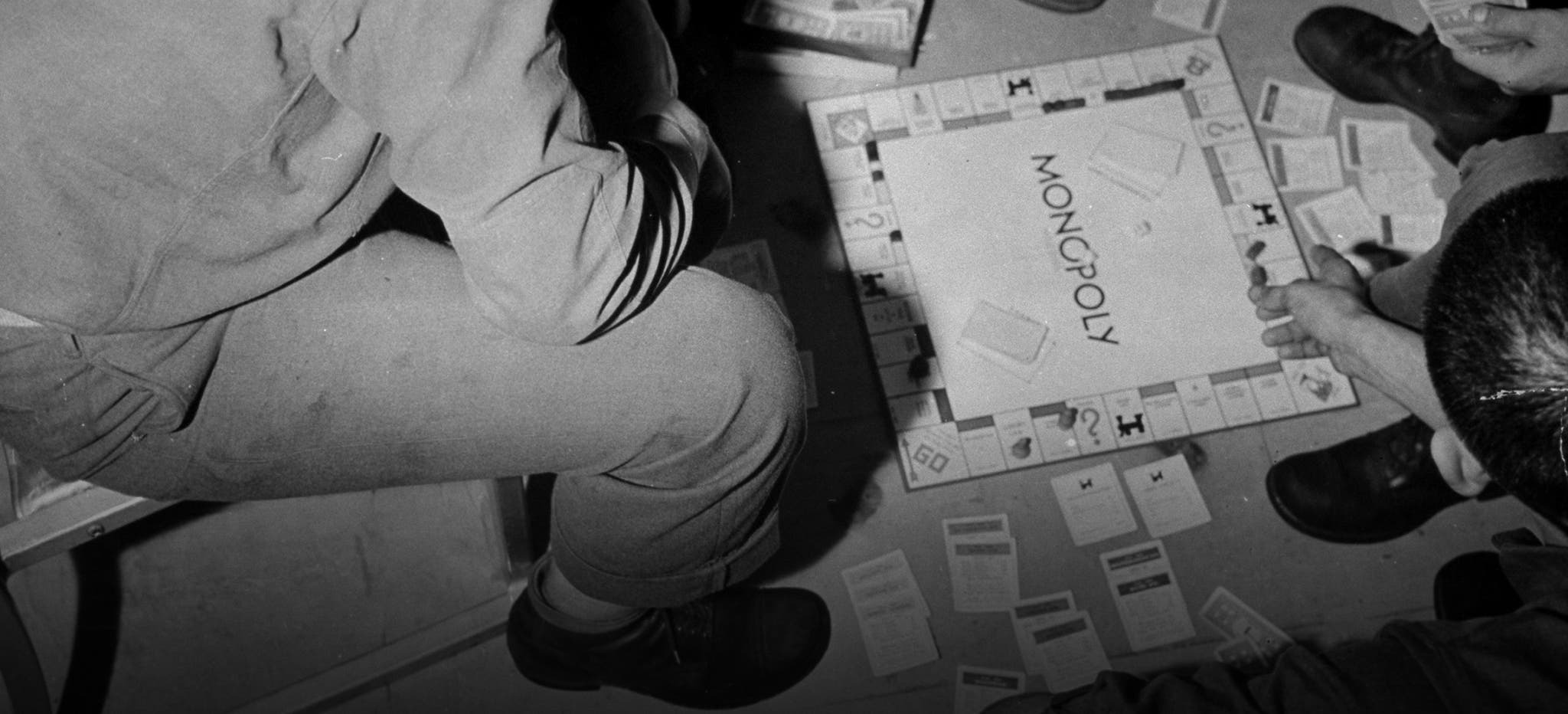
The popularity of the board game Monopoly during the Great Depression is filled with irony, especially considering its origins.
Elizabeth J. Magie invented the game, initially patenting it in 1904 as the Landlord’s Game. Her intention was to highlight the negative aspects of capitalism. For a few decades, the game served its educational purpose.
However, in the 1930s, another individual began selling a game based on Magie’s concept. In 1935, he sold it to the Parker Brothers, who rebranded it as Monopoly.
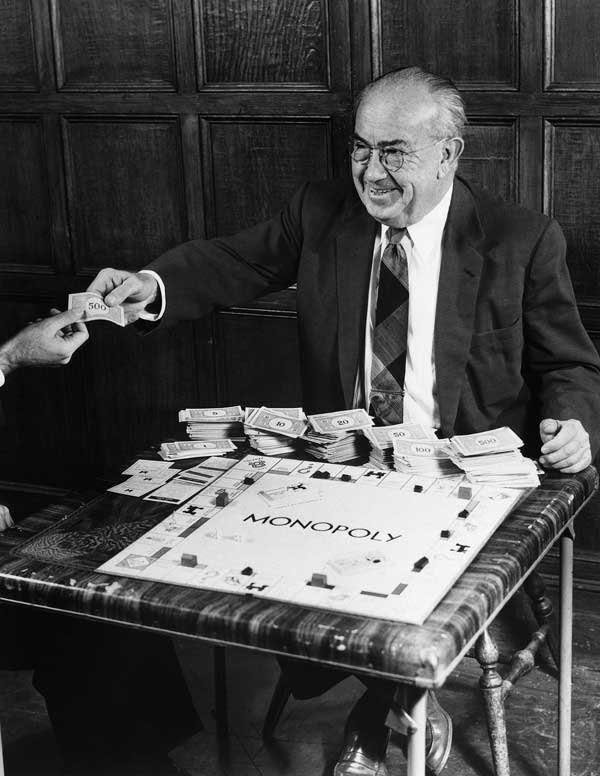
The game became a massive hit among Great Depression families because it provided affordable and repeatable entertainment. It also offered a form of escapism and wish fulfillment for those unlikely to join the affluent Cafe Society.
Parker Brothers made substantial profits from Monopoly, enough to avoid bankruptcy, while Magie earned only $500 from her original Landlord’s Game.
9. Reading and debating political comics
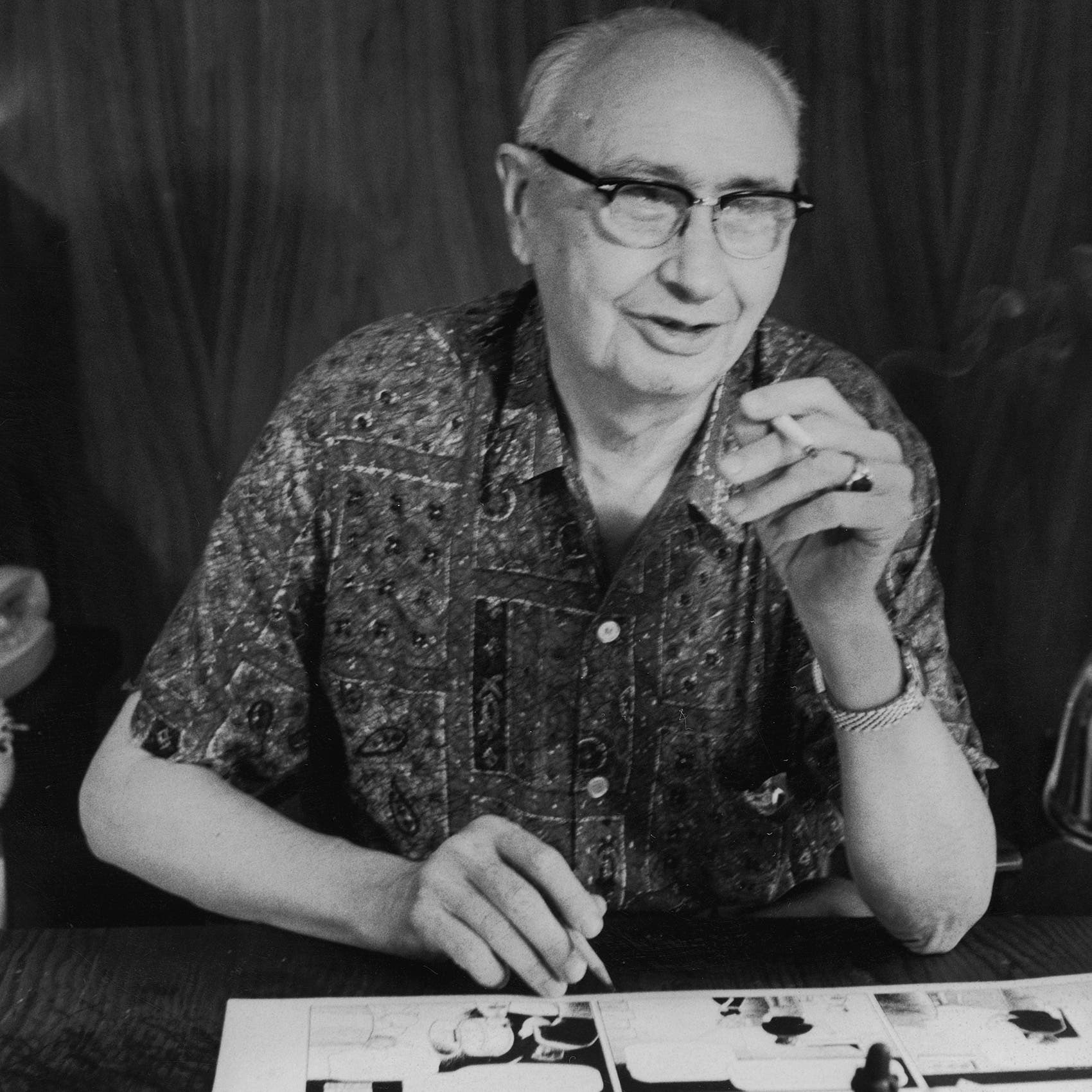
Every Sunday, kids across America eagerly grabbed the funny pages to follow the adventures of their favorite comic strip characters.
They read about Dick Tracy, the clever detective, Flash Gordon, the Yale polo player turned space adventurer, and Little Orphan Annie, a plucky young girl with surprisingly pro-business and anti-labor views.
In one 1933 comic, Annie cheerfully declared, “Leapin’ Lizards! Who says business is bad?”
Annie often found herself saved by “Daddy” Warbucks, a benevolent millionaire whose name hinted at his fortune from war profiteering.
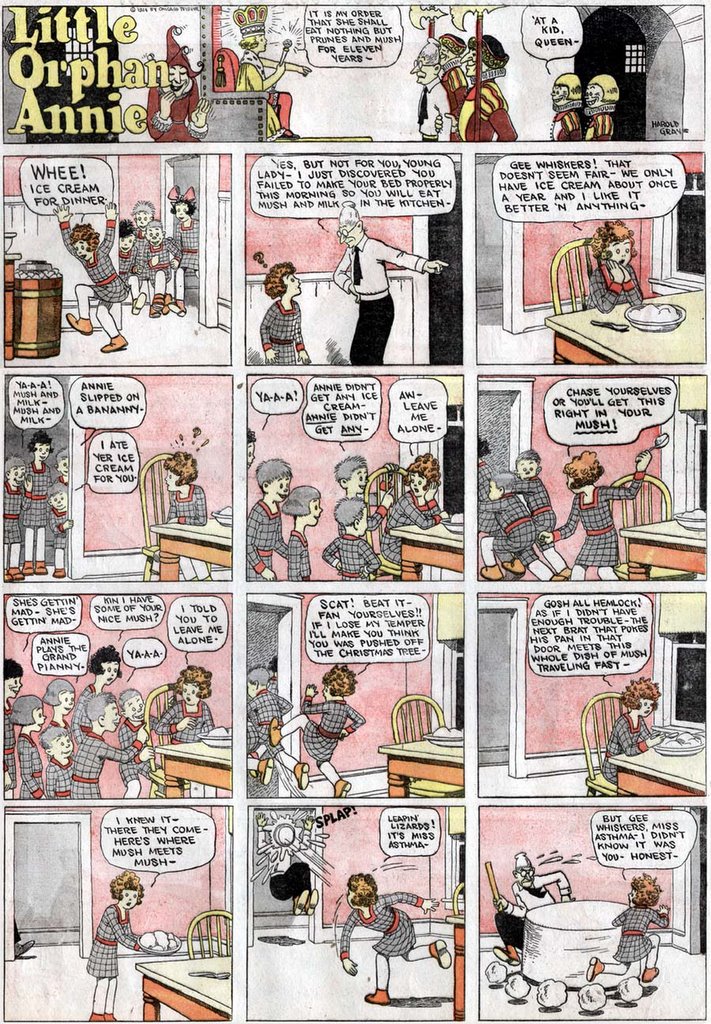
The comic’s political stance reflected those of its creator, Harold Gray. Gray, who became very wealthy from his popular strip since its start in 1924, was earning $100,000 a year by 1934 (equivalent to nearly $2 million today).
Gray was infuriated by Franklin Delano Roosevelt’s election in 1932 and used his comic strip to criticize unions and the New Deal.
While children loved Little Orphan Annie for her thrilling adventures, not all adults appreciated her political messages. In 1935, The New Republic condemned Annie as “fascism in the funnies.”
10. Tuning in to Masked Avenger radio shows
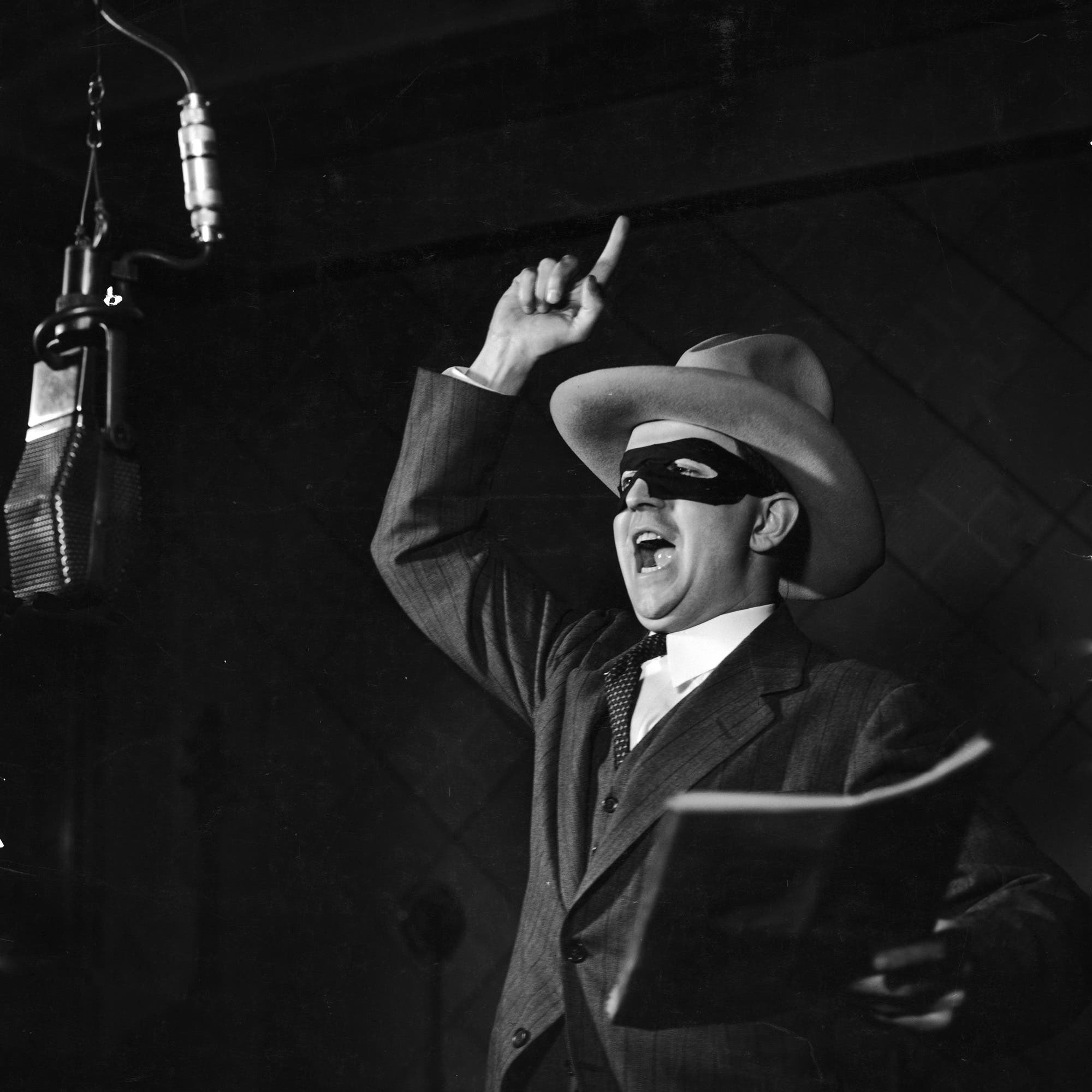
Radio was a crucial source of news and entertainment during the Great Depression. Throughout the decade, the number of American households with radios surged from about 40% to 83%.
Every week, Americans tuned in to follow the adventures of masked vigilantes like The Lone Ranger and The Green Hornet or to laugh with comedians like Gracie Allen and George Burns.
One of the most popular shows was the racially insensitive Amos ‘n’ Andy, which unfortunately introduced blackface minstrelsy tropes to the radio.
Children enjoyed listening to Dick Tracy and Little Orphan Annie, inspired by the popular comic strips.
They would mail in Quaker Oats box tops or Ovaltine seals to join the shows’ secret clubs.
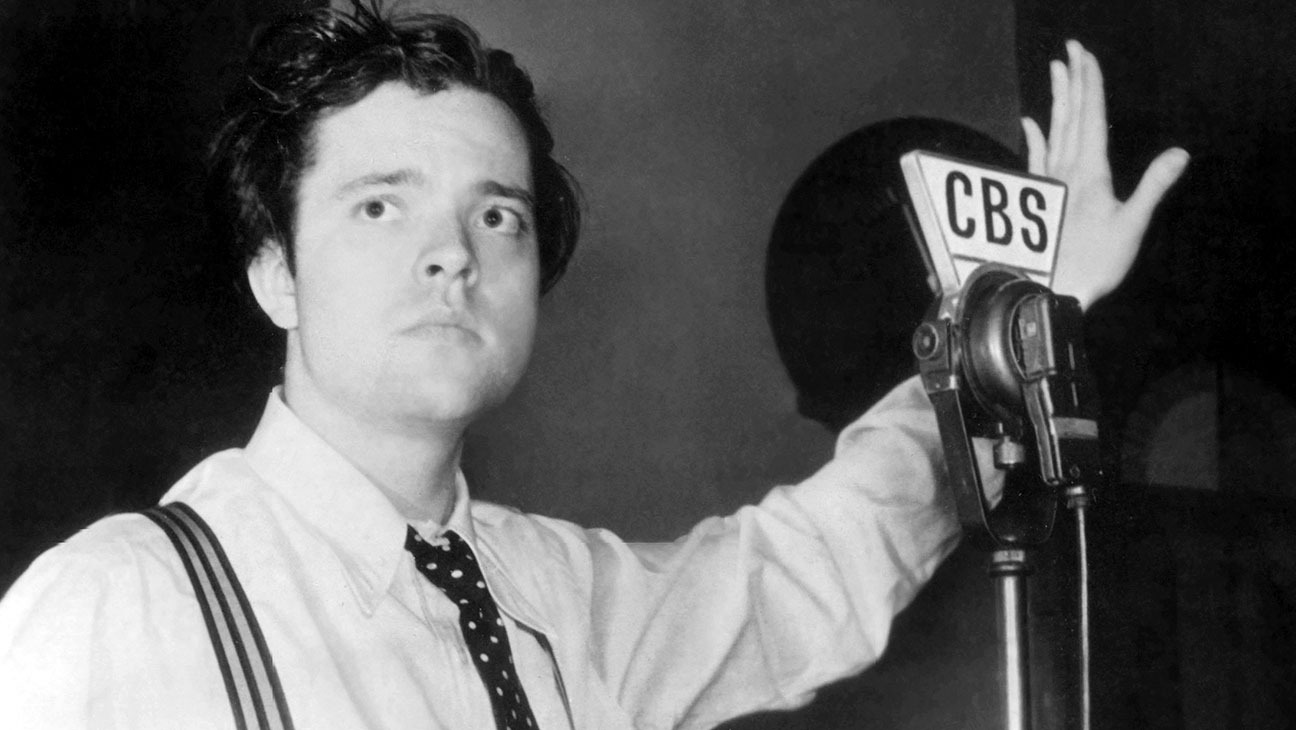
Americans also relied on the radio for current events, the latest baseball scores, and Hollywood gossip.
In 1933, President Franklin D. Roosevelt revolutionized presidential communication by speaking directly to the American people through his “fireside chats.”
These broadcasts addressed critical issues like the banking crisis, the New Deal, and the Dust Bowl, providing comfort and information during challenging times.

